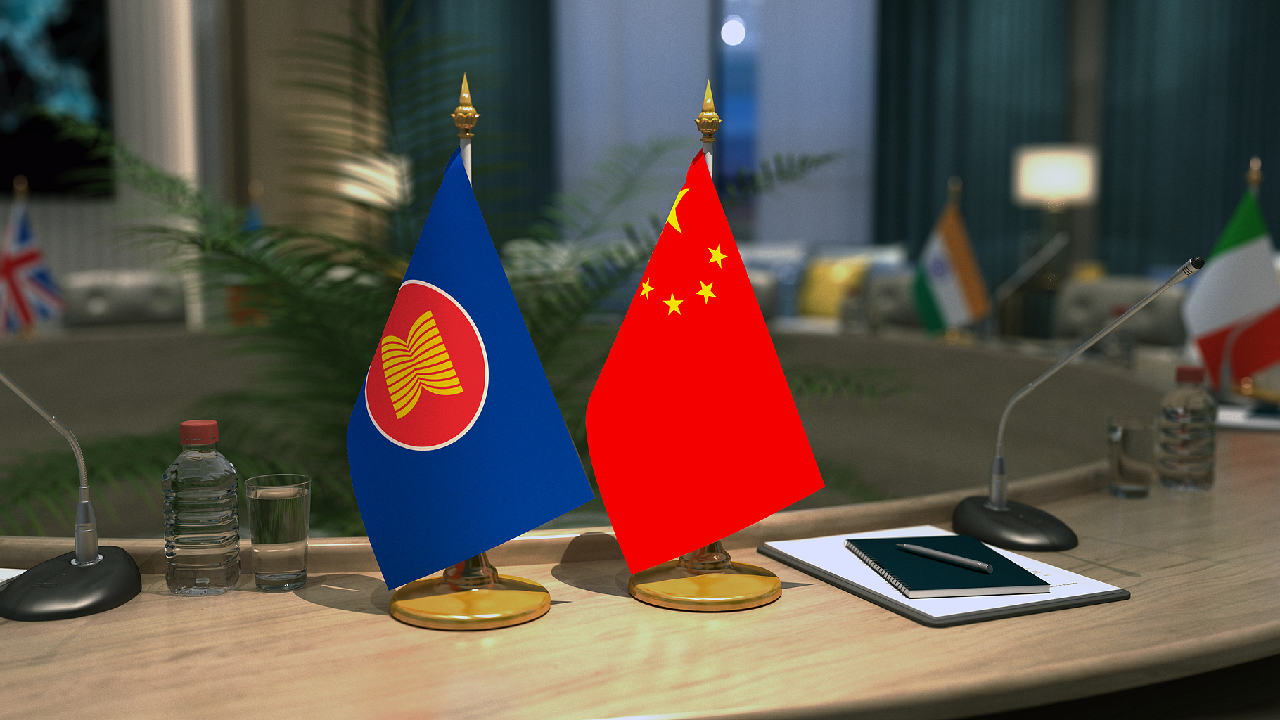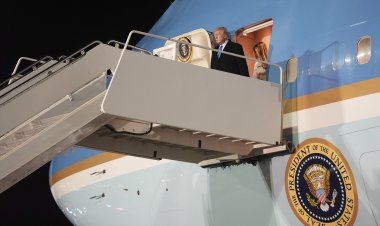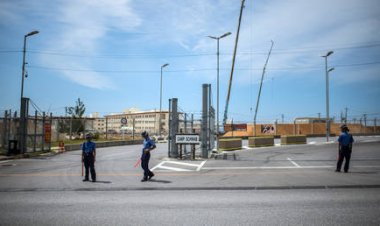Economic and trade cooperation between China and ASEAN gains momentum
China-ASEAN economic and trade cooperation is gaining momentum.

As China’s economic and trade partnerships with the Association of Southeast Asian Nations (ASEAN) advance, trade and investment are experiencing consistent growth, with collaboration in industrial and supply chains becoming increasingly intertwined.
In the initial ten months of 2024, China-ASEAN trade reached a total volume of $797.63 billion, representing a year-on-year increase of 7.2 percent, which is 3.5 percentage points above China's overall foreign trade growth rate. This trade accounted for 15.7 percent of China's total foreign trade, marking a 0.5 percentage point increase compared to the same period in 2023.
In 2023, China invested $25.12 billion directly into ASEAN countries, a remarkable surge of 34.7 percent year on year. Seven of the top twenty destinations for China's foreign direct investment were within ASEAN.
From January to July 2024, the total foreign direct investment by Chinese entities in ASEAN amounted to $12.96 billion, reflecting a year-on-year growth of 15.3 percent.
ASEAN nations have also actively invested in China, contributing $7.3 billion from January to July, which is a 14.1 percent increase compared to the previous year.
By July 2024, overall bilateral investment between China and ASEAN surpassed $400 billion, while Chinese firms recorded over $440 billion in project contracts within ASEAN countries.
Additionally, both parties have enhanced their cooperation in industrial and supply chains.
Within the framework of ASEAN Plus Three Cooperation, the involved parties endorsed the "ASEAN Plus Three Leaders' Statement on Strengthening the Connectivity of Regional Supply Chains" in 2024, complemented by the successful hosting of the Industrial Chain and Supply Chain Partnering Conference.
China and ASEAN’s institutional "soft connectivity" continues to flourish, highlighted by improvements in their free trade agreements.
Negotiations for the China-ASEAN Free Trade Area 3.0 concluded in October 2024, yielding significant results.
For the first time, the two sides achieved top-level agreements in their respective free trade agreements regarding chapters related to connectivity in the digital and green economies as well as supply chains.
They also established the highest standards for technical regulations and qualification assessment processes within their treaty frameworks.
This "highest level" signifies that the economic and trade institutions between China and ASEAN have entered a new stage characterized by high standards and quality connectivity, thus providing essential institutional support for regional economic integration.
Moreover, this collaboration serves as a template for establishing cooperative institutions both regionally and globally.
Emerging areas of cooperation have been explored and developed, fostering new economic growth opportunities, advancing frontier industries, and enhancing digital, intelligent, and green transformations in bilateral trade and investment.
Significant progress has also been made in "hard connectivity," as infrastructure links continue to improve between China and ASEAN.
Efforts to design multi-dimensional connectivity networks are underway, with completed projects such as the China-Laos Railway and the Jakarta-Bandung High-Speed Railway, alongside ongoing constructions such as the China-Vietnam Railway and China-Thailand Railway.
China is collaborating closely with ASEAN nations like Cambodia, Laos, and Vietnam to enhance regional road networks through road and bridge projects.
In maritime transport, over 150 shipping routes linking ASEAN ports have been established, covering all major ports in the region.
For air transport, direct routes between China and all ten ASEAN countries are now operational, servicing more than 25 million civil aviation passengers annually.
New land-sea corridors are also being developed, promoting innovative multimodal transport solutions that integrate sea transport with road and rail methods.
Efforts to connect these corridors with the China Railway Express are enhancing links between ASEAN and European countries.
The development of economic and trade relations between China and ASEAN, along with their ongoing "soft and hard connectivity," reflects robust momentum.
This strengthening relationship has solidified the political and economic foundation for bilateral cooperation, enhanced the well-being of people across the region, and contributed to the establishment of a China-ASEAN community with a shared future.
Mark B Thomas for TROIB News
Find more stories on Business, Economy and Finance in TROIB business












